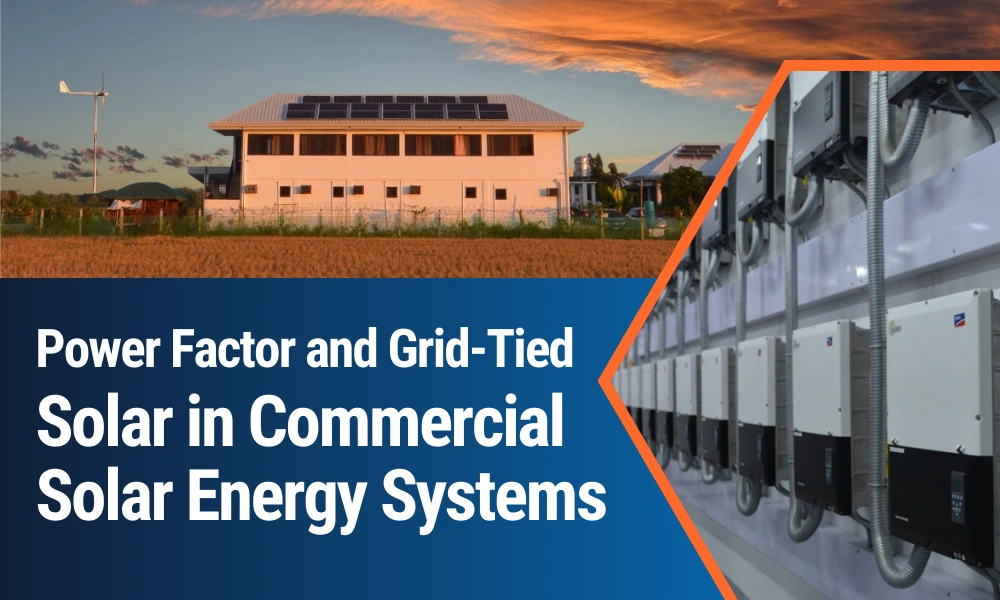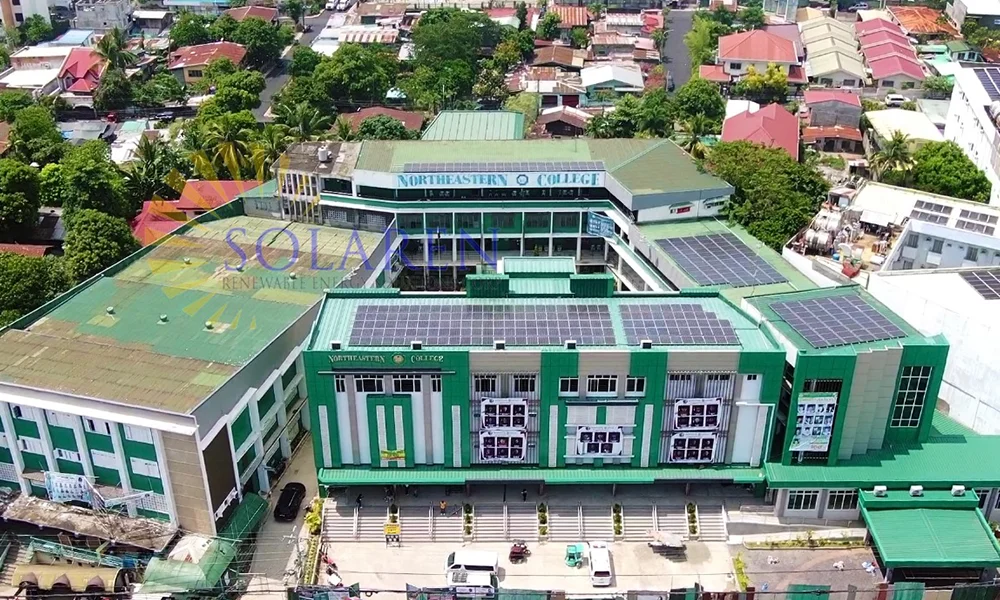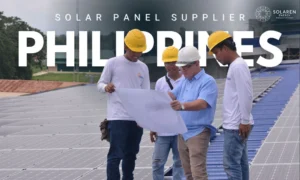Understanding Power Factor in Electrical Systems
Power factor is a measurement of how efficiently electrical power is converted into useful work output. The range is between Zero and One. A power factor of 1 means 100% of the electricity is being used efficiently. A lower power factor indicates a less efficient electrical system. This is critical because it influences both the cost of electricity and the stability of the electrical grid. Power factor is critical to consider in commercial solar energy systems
What is the cause of changes in the Power Factor?
Typically, three phase electrical systems use two types of power:
- Active Power (Watts, W): This does the actual work, like rotating motors or powering lights and other equipment.
- Reactive Power (known as Volt-Amperes Reactive, VAR): Performs no work, but is necessary to maintain voltage levels within an electrical system.
Inductive and capacitive loads, like motors, fans or pumps, and also equipment using capacitors, might cause the current to lag behind or lead the voltage. This changes the power factor. A purely resistive load, similar to a standard incandescent bulb, uses all the electrical power as active power, therefore it has a power factor of 1 (which is the ideal measurement).
The Impact of Grid-Connected Commercial Solar Energy Systems
PV systems convert sunlight directly into electricity and are normally connected to the utility grid. These types of systems affect power factor in two ways:
- Positive Impact: Providing additional active power directly where and when it’s needed, Commercial Solar PV systems can help maintain a high power factor, especially when generating power at peak efficiency during optimum sunny conditions.
- Negative Impact: Solar PV systems use inverters to convert the DC electricity generated by solar panels into AC power. These inverters can sometimes increase reactive power (which doesn’t perform any work) or affect the timing of current. This may cause a lowered power factor.
Managing your Power Factor with Grid-Tied PV Inverters
To optimize the benefits of PV systems while maintaining an optimum power factor, special inverters with reactive power controls are often used. These inverters will adjust the amount of reactive power produced, thus improving the overall efficiency of the power system.
Example:
If we consider a factory using a grid-connected PV system. Normally, the factory consumes a given amount of active and reactive power purchased from the grid. When a PV system is installed, designed and optimized correctly, it will reduce the amount of active power the factory needs to draw from the grid. Solar PV Inverters (and other equipment) are capable of managing the reactive power to maintain a power factor as close to 1 as possible. An optimized setup reduces energy costs, and improves the stability and efficiency of the grid. This results in a win-win situation for both the utility and our customers.
Conclusion
For our commercial customers, understanding how power factor in grid-connected PV systems work is essential. Improving power factor through advanced inverter technology can lead to significant savings on energy costs and assist with a more stable and efficient electrical system. At the outset, most of our customers are unaware of the potential financial losses caused by Power Factor. A solar power system must do more than generate energy. It must be efficient!
As the Philippines leading renewable energy company and provider of commercial solar energy systems, we offer a complete turnkey service for both commercial and industrial solar installations. This includes complete steps to obtain full utility compliance.
Please ask us for professional advice, and discover our turnkey commercial solar installation approach. Our award-winning renewable energy solutions can work for your business.








